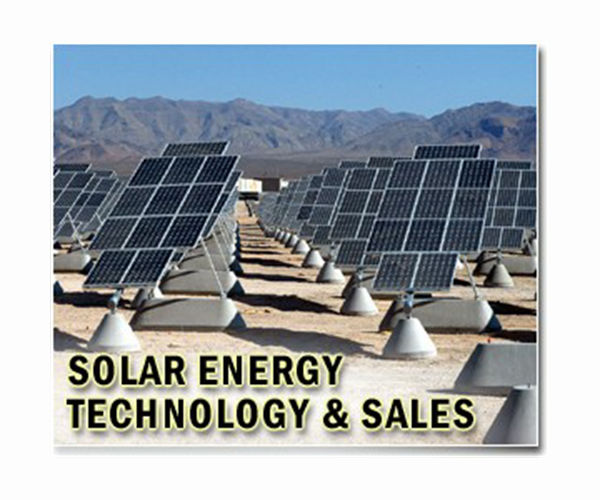Politecnico di Milano investigates the global potential of Agrivoltaïschen for harmony in land use
A research team of the Politecnico di Milano has presented new insights into how Agrivoltaic systems can solve the growing tensions about land use between agricultural production and development of solar energy. Under the leadership of Maddalena Curioni, Nikolas Galli, Giampaolo Manzolini and Maria Cristina Rulli, the study shows that the integration of photovoltaic panels can significantly reduce food production, while retaining food production.
Published in the Earth’s Future magazine, the study emphasizes that between 13% and 16% of the existing solar installations mounted on the land has moved the former agricultural land, underlining the competition for arable land. On the other hand, the researchers propose that the use of Agrivoltaic systems between 22% and 35% of non-non-ruged agricultural land could make double use possible without significantly influencing the yields of crop.
With the help of a spatial agro-hydrological model, the researchers simulated how 22 crop types react to a variety of sunshadow of photovoltaic panels. Their simulations include a wide range of climates and regions, which generates a global suitability card for agrivoltaic implementation. The results underline the feasibility of this approach in many regions, especially those with compatible crops and moderate solar intensity.
“Agrivoltaics cannot be used everywhere, but according to our results it would be possible to combine cultivation and energy production in many areas of the world without significant yield reductions,” said Nikolas Galli, researcher at the Glob3Science Lab and CO-Autor of the study.
Giampaolo Manzolini, professor in the Ministry of Energy, noted additional benefits: “Using the country for both cultivation and photovoltaic systems increases the total output per occupied surface, while the production costs are reduced. Moreover, installing crops under the photovoltaic panels reduces the operating temperature.”
“This technology can help to reduce land competition and at the same time improve the sustainability of agricultural and energy systems,” added Maria Cristina Rulli, who coordinated the research.
The team emphasizes that their findings could inform strategic policy decisions and investment strategies about maximizing land productivity, while both food security and objectives for renewable energy consumption are supported.
Research report:Global landwater competence and synergy between solar energy and agriculture

